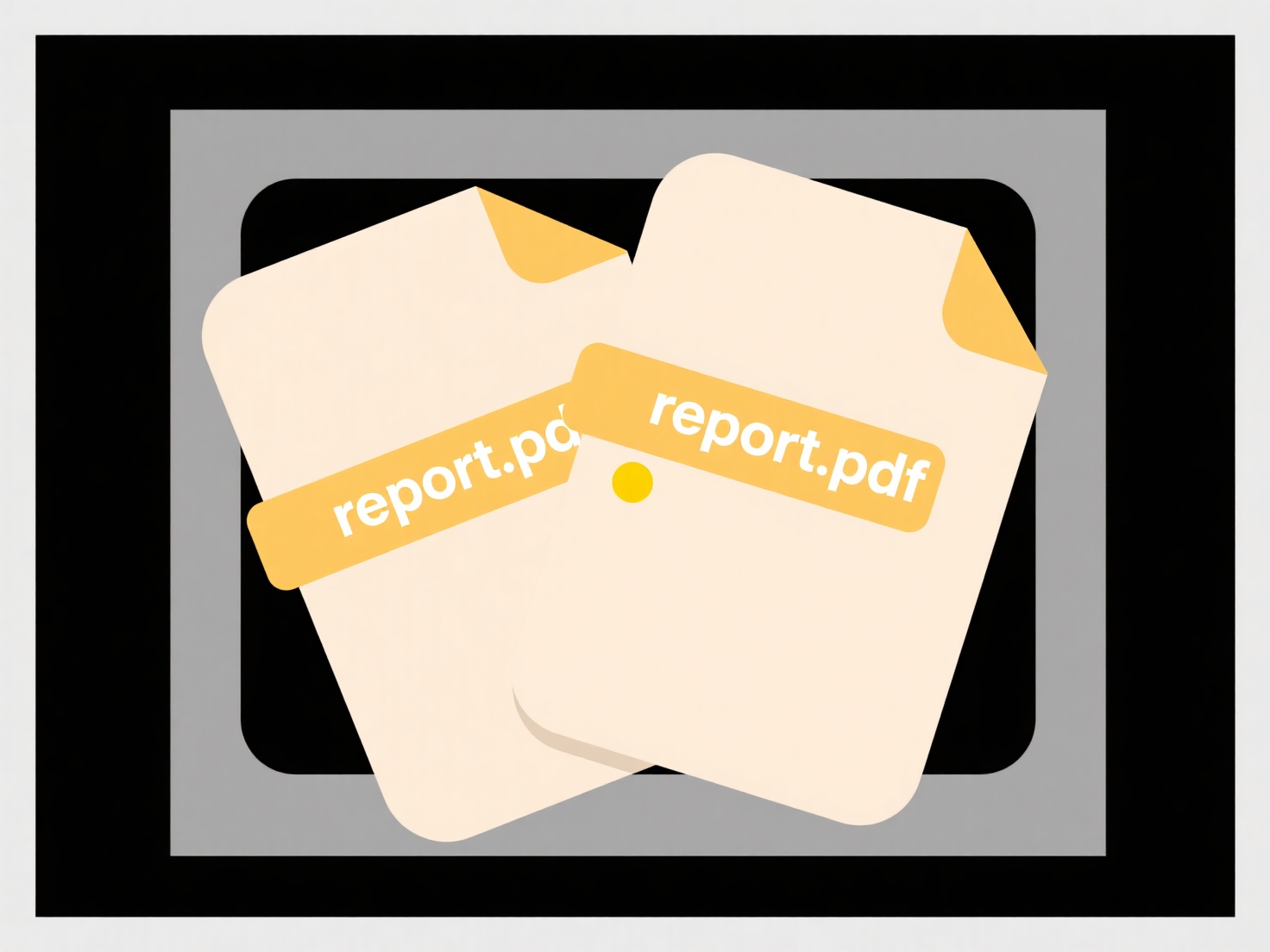
File renaming based on similarity or content matching involves comparing files to detect significant overlaps in their actual data or structural patterns. Instead of relying solely on simple names or timestamps, this method analyzes the file contents (like text within documents, pixel data in images, or waveforms in audio) or inherent characteristics (like file hashes or metadata signatures) to identify duplicates or highly related items. Once matches are found, rules can automatically apply consistent naming schemes, often incorporating identifiers from a reference file or grouping names.
Practical applications include deduplication systems where redundant files (e.g., multiple copies of a document scanned at different times) are flagged and renamed consistently to reflect their shared content. Content management platforms frequently use this when ingesting batches of media files, such as grouping photos from the same event taken by different cameras based on visual similarity or EXIF data and renaming them with a common prefix and sequence number. IT asset managers also leverage it to organize software libraries by comparing executable binaries.

The key advantage is significantly improved file organization accuracy over manual renaming, saving immense time and ensuring consistency across large collections. However, limitations exist: the chosen matching technique must be suitable to avoid false positives (e.g., renaming different songs with similar tempos) or negatives, and fuzzy matching adds computational overhead. When implemented well—using appropriate thresholds—it dramatically streamlines digital asset management.
How do I rename based on file similarity or content matching?
File renaming based on similarity or content matching involves comparing files to detect significant overlaps in their actual data or structural patterns. Instead of relying solely on simple names or timestamps, this method analyzes the file contents (like text within documents, pixel data in images, or waveforms in audio) or inherent characteristics (like file hashes or metadata signatures) to identify duplicates or highly related items. Once matches are found, rules can automatically apply consistent naming schemes, often incorporating identifiers from a reference file or grouping names.
Practical applications include deduplication systems where redundant files (e.g., multiple copies of a document scanned at different times) are flagged and renamed consistently to reflect their shared content. Content management platforms frequently use this when ingesting batches of media files, such as grouping photos from the same event taken by different cameras based on visual similarity or EXIF data and renaming them with a common prefix and sequence number. IT asset managers also leverage it to organize software libraries by comparing executable binaries.

The key advantage is significantly improved file organization accuracy over manual renaming, saving immense time and ensuring consistency across large collections. However, limitations exist: the chosen matching technique must be suitable to avoid false positives (e.g., renaming different songs with similar tempos) or negatives, and fuzzy matching adds computational overhead. When implemented well—using appropriate thresholds—it dramatically streamlines digital asset management.
Related Recommendations
Quick Article Links
Can I sync to the cloud from multiple devices at once?
Cloud synchronization from multiple devices allows users to access and update files stored online (in the cloud) simulta...
Can I tag or label duplicates for cleanup later?
Tagging or labeling duplicates involves marking repeated entries with a temporary indicator within a database or file sy...
How do I grant permission to another user?
Granting permissions means providing another user controlled access to your resources, such as files, folders, databases...